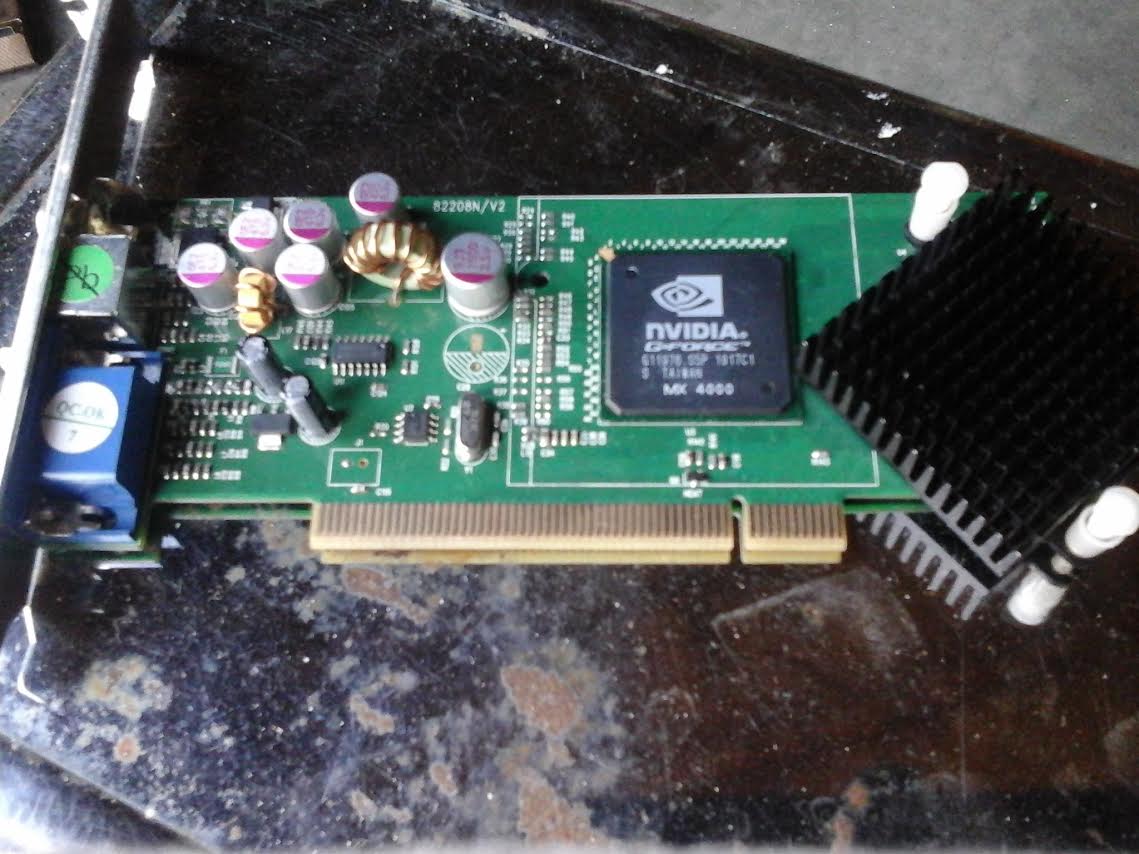Well, it's official... Either the mobo on that 5x86 is completely shot, or I'm just having a bad luck with two of the ISA cards. Certainly worth investigating, but I'll be needing replacement sound & ethernet card(s) in order to do so.
Meanwhile, I've decided to move on with 4x86... Funny how things always end up opposite of what you expect. What I expected was a slow & painful process of booting up both DOS & Win 3.11, not to mention finding the appropriate drivers, especially for ethernet card. But nope, just the opposite really. It all worked out perfectly fine, and I finished the entire software build within couple of hrs! Obviously, I still got to tweak few more bits & pieces, but everything's here & fully operational - sound, video driver (for Win 3.11), even ethernet, CD-ROM & mouse support for DOS



Almost finished with 4x86, still have to address the issue of Memory allocation, for DOS gaming. Until then, enjoy



The sound card was too big & was somewhat flexing, leaning downwards. So I made a simple DIY support (since I didn't have a plastic one) using the standard M3 screw, couple of nuts & one of those motherboard washers.


Side by side comparison... I really do feel bad because of Am5x86, but there's still hope, who knows...? From what I learned so far is that the system boots (and works) perfectly fine up until I load & start the ethernet card. No matter which address I pick (either through jumpers or software), it ALWAYS ends up interfering with the serial mouse. This is the cause of system crashes & hangs, as I only just found out earlier today. But it DOESN'T explain the sound card issue, as I'm still getting the problem regardless of the ethernet adapter, I even tried removing it to see if it would do the trick!



Half way during the build, I've decided to swap out "modern" ISA ethernet card for this 3com adapter from around 1992. Turns out it was a good choice, and (to my surprise) it was automatically detected & configured by both DOS & Win 3.11. Ironically, much, MUCH easier to set up than 5x86 without any problems, whatsoever! IRQ, resources and/or anything else. And being the older build (with even more complicated layout, separate ATA controller & CD ROM drive interface from the sound card), it should have been more difficult than PnP, ISA/PCI system such as the one in 5x86. At least in theory *shrug*

You know, there's a reason why I always put 5.25 floppy drive on top of CD-ROM units. Mainly because floppies are exposed & look so good inside that frame, case support structure. If I'd have more time, money & patience, I would probably put a small glass window, on top of the floppy drive just to see this thing in action



And FINALLY, the games... Still have to sort out Autoexec.BAT & Config.SYS for HIMEM suport (since most of the games that I've tried doesn't work), but this shouldn't be too difficult - uhh, right? But these simple ones seem to be running OK. Even Doom, and I'm even getting the sound through my SoundBlaster 16!



 Also love Techmoan, although he's the HiFi kind of guy, not really into old computers. Anyway, I still think it would be too much for me to handle. You need to understand that I own approx. 43 computers. Of which approx. half (21, 22) would need to be brightened up. So you can imagine the amount of hydrogen peroxide I would need, and/or the working space to soak all those panels... And that is without peripheral components, such as my trusty Logitech QuickCam, and/or even every individual CD-ROM & floppy drive. It would take a loong time & money to make it happen.
Also love Techmoan, although he's the HiFi kind of guy, not really into old computers. Anyway, I still think it would be too much for me to handle. You need to understand that I own approx. 43 computers. Of which approx. half (21, 22) would need to be brightened up. So you can imagine the amount of hydrogen peroxide I would need, and/or the working space to soak all those panels... And that is without peripheral components, such as my trusty Logitech QuickCam, and/or even every individual CD-ROM & floppy drive. It would take a loong time & money to make it happen.
 To date, this is my oldest PC combo
To date, this is my oldest PC combo 


























